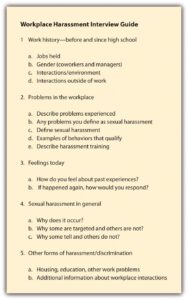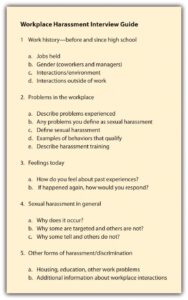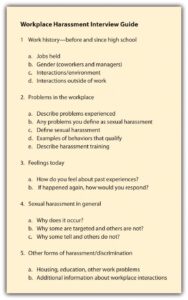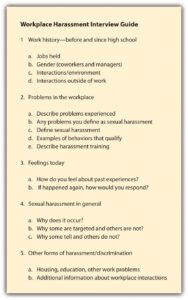Utilizing such a framework provides numerous advantages. It helps maintain consistency and reduces bias during user interviews, ensuring all critical areas are explored. This leads to more reliable data and a clearer understanding of user perspectives. Moreover, a pre-planned structure streamlines the interview process, saving time and resources while maximizing the value of each session. It also allows multiple researchers to conduct interviews with consistent results, contributing to a more robust and cohesive data set.
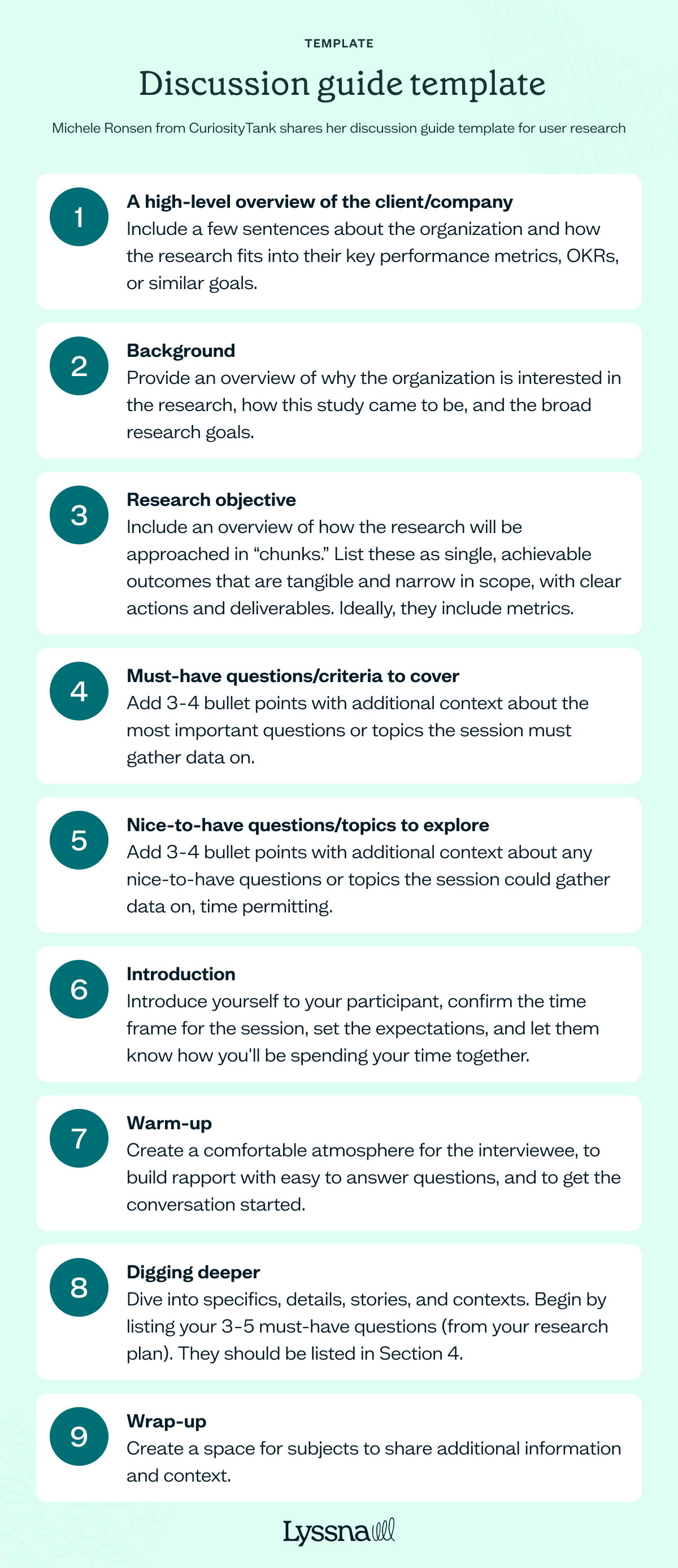
This structured approach to user research is pivotal for informing design decisions, validating assumptions, and ultimately creating products and services that truly meet user needs. The following sections delve into the key components of creating and effectively utilizing these frameworks, offering practical guidance and best practices for maximizing research outcomes.
Key Components of a User Research Discussion Guide
Effective user research discussion guides incorporate several crucial elements that contribute to gathering valuable insights. These components ensure a structured approach, enabling researchers to collect consistent and relevant data across multiple interviews.
1. Introduction and Warm-up: This section establishes rapport with participants and sets the context for the interview. It typically includes an introduction of the researcher, the purpose of the research, and assurances of confidentiality.
2. Background and Contextual Questions: These questions aim to understand the participant’s relevant experiences and background related to the research topic. They provide valuable context for interpreting subsequent responses.
3. Core Research Questions: These form the central focus of the discussion guide and address the primary research objectives. They are carefully crafted to elicit specific information about user behaviors, needs, and pain points.
4. Follow-up and Probing Questions: These questions delve deeper into participant responses, encouraging elaboration and providing richer insights. They are often spontaneous and based on the participant’s initial answers.
5. Task-Based Activities (Optional): Depending on the research objectives, the guide might include specific tasks or scenarios for participants to interact with, allowing for observation of their behavior and understanding of their thought processes.
6. Wrap-up and Next Steps: This section concludes the interview, summarizing key takeaways and outlining any next steps for the participant. It provides an opportunity for final questions or feedback.
7. Demographics and Screening Questions (Optional): While often handled during recruitment, relevant demographic or screening questions can be included to ensure participants meet specific criteria.
A well-structured discussion guide, incorporating these components, ensures that user interviews remain focused and productive, yielding valuable data that informs design and product development decisions. Careful consideration of each component, tailored to the specific research goals, contributes to the overall success of user research efforts.
How to Create a User Research Discussion Guide
Creating a robust discussion guide is crucial for effective user research. A well-structured guide ensures consistent data collection and provides a framework for insightful interviews, ultimately leading to a deeper understanding of user needs.
1. Define Research Objectives: Clearly articulate the goals of the research. Specifying the information sought helps focus the guide and ensures relevant data collection.
2. Identify Target Audience: Determine the characteristics of the target user group. Understanding the audience informs the language and framing of questions.
3. Develop Key Research Questions: Formulate open-ended questions that address the research objectives. These questions should encourage participants to elaborate on their experiences and perspectives.
4. Structure the Guide Logically: Organize questions into a logical flow, progressing from introductory and contextual questions to core research questions and follow-up probes. This creates a natural conversation flow.
5. Incorporate Task-Based Activities (Optional): If relevant to the research goals, include interactive tasks or scenarios. Observing user interaction provides valuable behavioral insights.
6. Pilot Test the Guide: Conduct pilot interviews to refine the guide. Testing identifies any ambiguities or areas for improvement before conducting full-scale research.
7. Iterate and Refine: Based on pilot test feedback, revise and refine the guide. This iterative process ensures clarity and effectiveness in gathering valuable insights.
8. Document and Share: Maintain a documented version of the guide. Sharing the guide with stakeholders ensures transparency and facilitates collaboration.
A thoughtfully constructed discussion guide ensures user interviews generate meaningful data, driving informed design decisions and ultimately contributing to the success of product development. Following these steps offers a structured approach to guide creation, leading to more effective user research.
Effective user research hinges on well-structured interviews. A formalized structure for gathering user feedback provides a consistent and reliable method for uncovering crucial insights into user behaviors, needs, and pain points. From defining clear research objectives to iteratively refining interview questions, a methodical approach ensures valuable data collection. This process allows researchers to move beyond surface-level responses and delve into the underlying motivations and experiences that shape user interactions with products and services.
Leveraging this organized approach to user interviews empowers organizations to make data-driven decisions, validate assumptions, and ultimately create products and services that resonate with target audiences. The investment in creating and utilizing these structured guides translates directly into a deeper understanding of users, leading to more user-centered design and development, and ultimately, more successful products.
